
How to create a living wall
A living wall gives a garden a lush, green feel but takes up hardly any space. Garden designer Erik Funneman gives his advice on how to create a vertical garden. Words Kate Jacobs, photographs Sietske de Vries.
In a small urban garden dominated by boundaries, a living wall can have a transformative effect. It introduces hundreds of more plants without taking up precious space and gives the whole space a lush feel.
This small, shady courtyard garden in the centre of Utrecht illustrates this perfectly. Designed by Dutch garden designer, Erik Funneman, it has interest at every level, including a green wall or plant wall around the dining area. "It's a green oasis in the city," says Erik.
The garden requires four or five half days'-worth of care each year. "I enjoy spending time here – mostly tending to the vertical garden, which is nice, light work," he says. "With the planting at face height, you can get really close to observe and enjoy the details of each plant."
Here, Erik gives his top tips for designing a vertical garden.
For more information on this garden, see the March 2022 issue of Gardens Illustrated, on sale now.
How to create a living wall
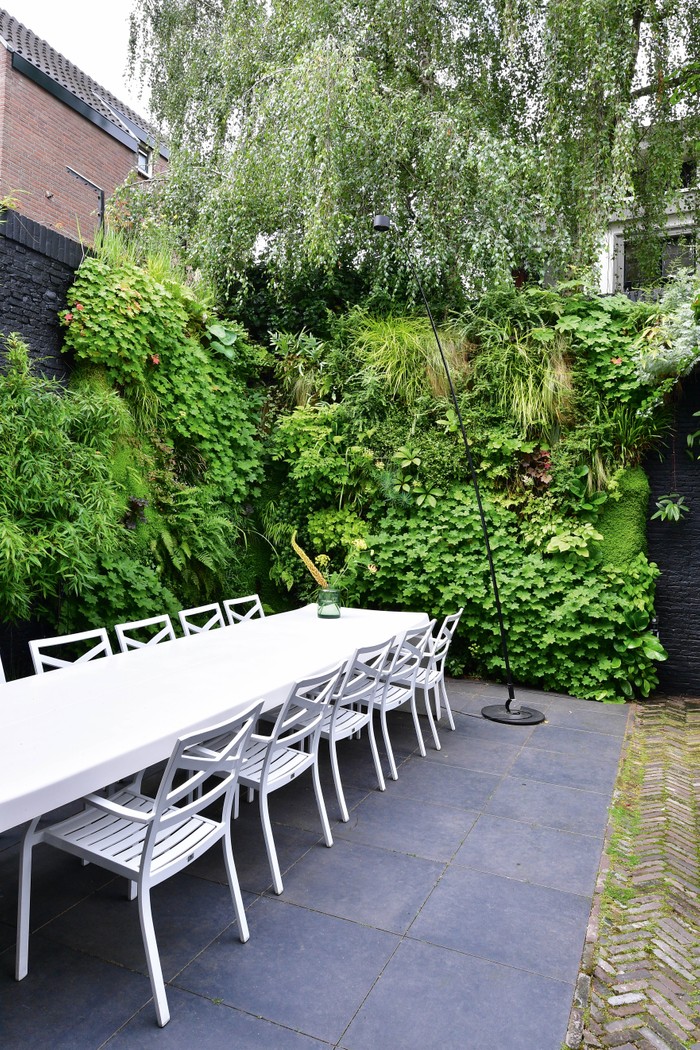
Choose the best spot
Think about how the wall will be viewed, and whether you want to sit near it in order to enjoy it close up. In this garden, Erik opted for a corner that wraps around the dining area and faces the house, to create a green vista to look out onto.
More like this
Get the right foundations in place
Erik protected the existing wall with a sheet of EPDM rubber. He then added a concrete foundation to support a structure of galvanised steel gabion cages. "It has a grid of 10cm x 10cm openings, to perfectly accommodate plants grown in 9cm pots," explains Erik.
Choose a variety of leaf textures, shapes and shades of green

Erik tries to create a variety of textures, leaf shapes and many different shades of green into his green walls, from fluffy grasses to plants with interesting leaf shapes.
Install a watering system
Install an integrated watering and feeding system that is insulated, to prevent the system freezing in winter.
Use a soil mix that sticks together easily
Incorporate long-fibred organic material such as coir into your soil mix. The soil should be thoroughly moistened before the plants are put in place, which is an incredibly messy job. Dense planting will prevent the soil from falling out as the structure becomes one big mass of entwined roots.
Plants for a living wall
In this plant wall, Erik has used the following plants:
Carex elata 'Aurea'
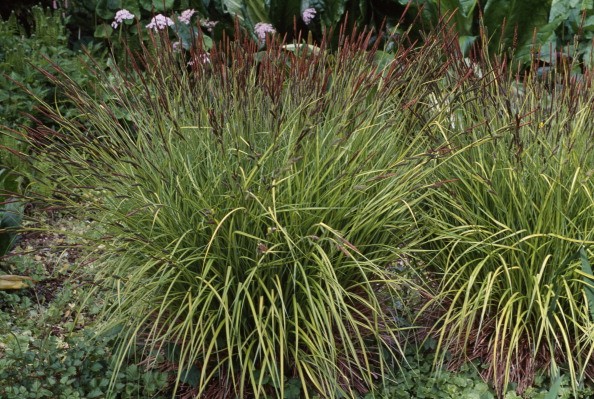
A compact, evergreen grass with narrow, golden leaves. AGM.
Geranium macrorrhizum
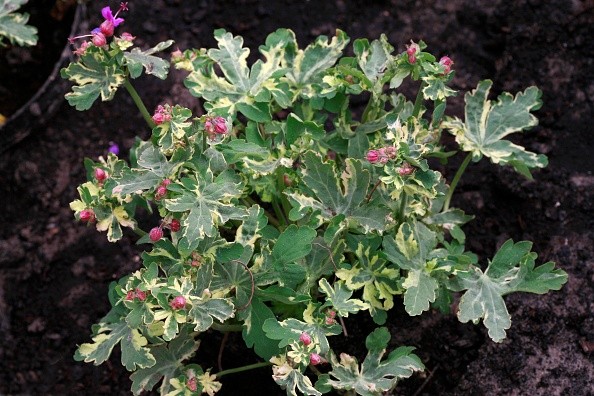
A low growing, semi-evergreen perennial with lobed leaves. Pretty pink flowers in early summer.
Ferns

Erik uses lots of ferns in his green walls – most enjoy shady conditions and many are evergreen, such as Asplenium scolopendrium. Go for a variety, with differing colours and leaf textures.
Soleirolia soleirolii
Also known as baby's tears or mind-your-own-business, Soleirolia soleirolii is a low growing, spreading plant with tiny leaves. A very useful plant that will spread without becoming too invasive.
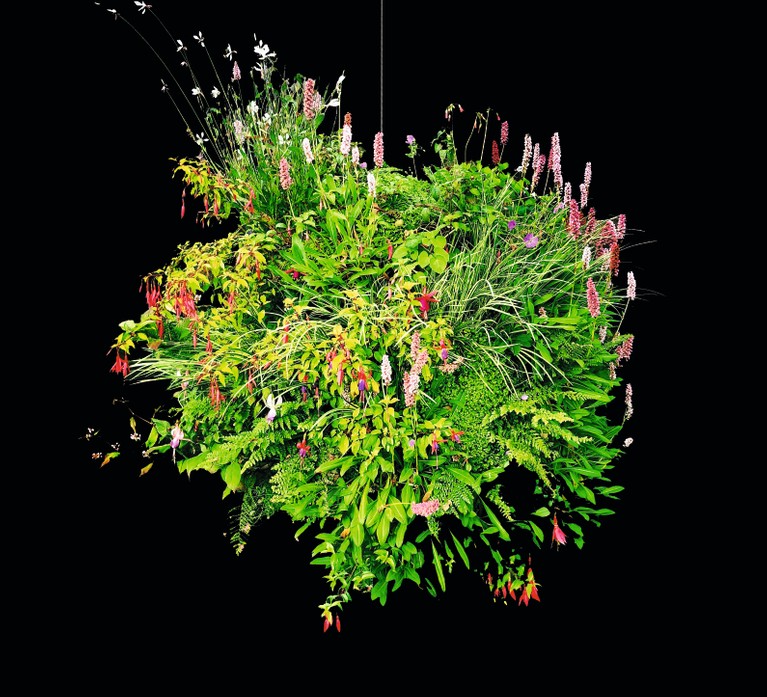
USEFUL INFORMATION
For more information on Erik Funneman's work, visit erikfunneman.nl

Niwaki bundle worth £57 when you subscribe
Subscribe to Gardens Illustrated magazine and claim your Niwaki bundle worth £57
*UK only
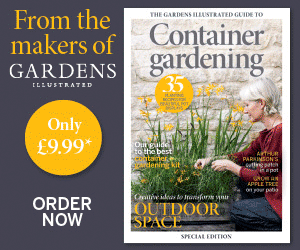
Container Gardening Special Edition
The Gardens Illustrated Guide to Container Gardening.
In this special edition, discover colourful flower combinations and seasonal planting schemes for pots designed by leading plantspeople, and essential know-how for container gardening success. Just £9.99 inc UK p&pBy entering your details, you are agreeing to our terms and conditions and privacy policy. You can unsubscribe at any time.
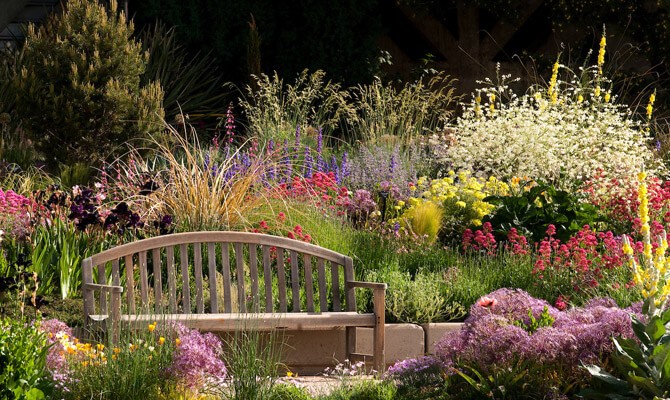
Gardens of the Globe
From botanical wonders in Australia to tranquil havens closer to home in Ireland, let this guide help you to discover some of the most glorious gardens around the world
By entering your details, you are agreeing to our terms and conditions and privacy policy. You can unsubscribe at any time.




